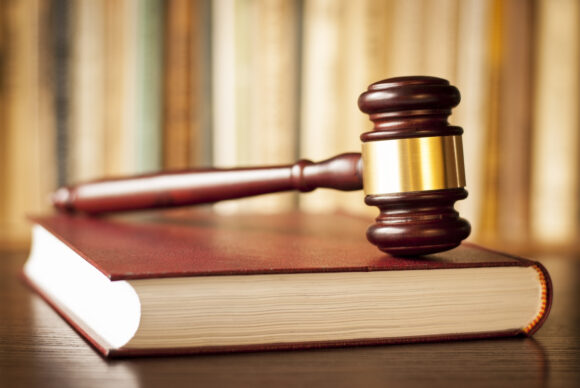On the morning of September 11, 2001, Robert Liotta was at his job as a senior court officer at 100 Centre Street in New York City when not far away terrorists attacked the World Trade Center. Right away, he began evacuating buildings and clearing streets to make way for emergency vehicles.
In 2019, under a workers’ compensation law enacted for those who worked in Wold Trade Center (WTC) rescue, recovery or cleanup operations, he registered as a participant potentially eligible for benefits and thereafter filed a claim. The deadline to register was September 11, 2026. In June 2021, his claim was denied because the state Workers’ Compensation Board found he was not qualified as a participant in the recovery and cleanup effort.
That denial was reversed last week by the appellate division of the New York State Supreme Court, which found that Liotta’s activities and location on that day qualified him for the benefits under a liberal reading of the law. The court found that some of Liotta’s activities on that day were sufficiently connected to rescue efforts to make him eligible for benefits.
In determining in June 2021 that Liotta did not qualify, the Workers’ Compensation Board specifically found that he did not describe activities that had a “tangible connection” to the WTC rescue, recovery and cleanup operations. The board noted that Liotta’s location on the days in question fell within the area statutorily defined as the WTC site. However, the board said that there was no testimony that he engaged in any recovery or cleanup at the site.
The appeals court revisited whether the activities in which Liotta engaged constituted rescue work or had a tangible connection to rescue efforts.
The applicable statute, Workers’ Compensation Law article 8-A, was enacted to remove statutory obstacles to timely claims filing and notice for latent conditions resulting from hazardous exposure for those who worked in rescue, recovery or cleanup operations following the attack. According to the court, this legislation was intended to be “liberally construed to provide a potential avenue of relief for workers and volunteers suffering from ill health as a result of their efforts in the aftermath of the terrorists attacks.”
The law extends eligibility to any employee or volunteer who “participated in the rescue, recovery, or cleanup operations at the WTC site” between September 11, 2001 and September 12, 2002. The board has interpreted that to require that the injured or ill person directly participated in or otherwise had some “tangible connection” to the rescue, recovery or cleanup operations in order to fall within the coverage of Workers’ Compensation Law article 8-A. The deadline to register as a participant potentially eligible for benefits was September 11, 2026.
According to Liotta, on September 11 right after the attack, he began assisting in evacuating the courthouse where he worked and the building across the street, moving people north in order to clear the street to allow emergency vehicles to pass as they headed to the WTC site.
He and other court officers were then bused to Ground Zero where they were given a briefing. They were then moved to Pace University due to concerns about buildings collapsing. He testified that once at Pace University, he continued evacuating civilians, getting the area cleared and assisting other emergency personnel, stating that “there were still a lot of emergency vehicles coming through.”
He also testified that he assisted in distributing safety equipment and medical supplies, although it was unclear whether he distributed these to civilians and/or first responders.
On September 12, 2001, Liotta returned to work for a 25-hour shift and was assigned to the street in front of the courthouse where he assisted in keeping the area cleared for emergency personnel. He also said he distributed safety equipment and provided security for the courthouse.
The appeals court found that although not all of Liotta’s described activities involved a “tangible connection” to the rescue efforts at the WTC site, in light of the liberal construction afforded to the law, his activities of assisting with clearing the area – which was located within the statutorily-defined WTC site – in order for the emergency vehicles to access Ground Zero did establish a “tangible connection” to the rescue efforts.
On that basis, the court concluded that the board’s determination that he was not a participant in the rescue effort operations to qualify for benefits was not supported by substantial evidence. Thus the board’s decision was reversed and the matter remitted to the board for further proceedings consistent with the court’s decision.
Was this article valuable?
Here are more articles you may enjoy.


 Standard Chartered Settles $2 Billion Iranian Sanction Suit in London
Standard Chartered Settles $2 Billion Iranian Sanction Suit in London  ‘Dream Is in Sight:’ Chamber, Reinsurers, Insurers Urge Florida to Stay the Course
‘Dream Is in Sight:’ Chamber, Reinsurers, Insurers Urge Florida to Stay the Course  Thailand’s Record Floods Paralyze Key Hubs for Tech and Car Parts
Thailand’s Record Floods Paralyze Key Hubs for Tech and Car Parts  How Three New CMS Policies Impact Workers’ Comp Claims
How Three New CMS Policies Impact Workers’ Comp Claims 